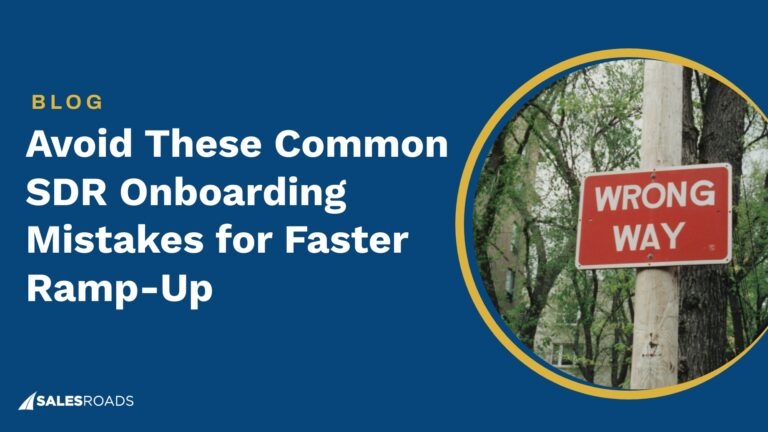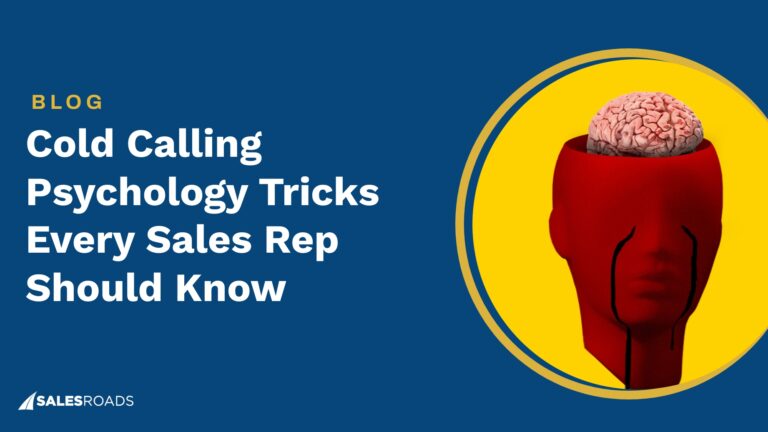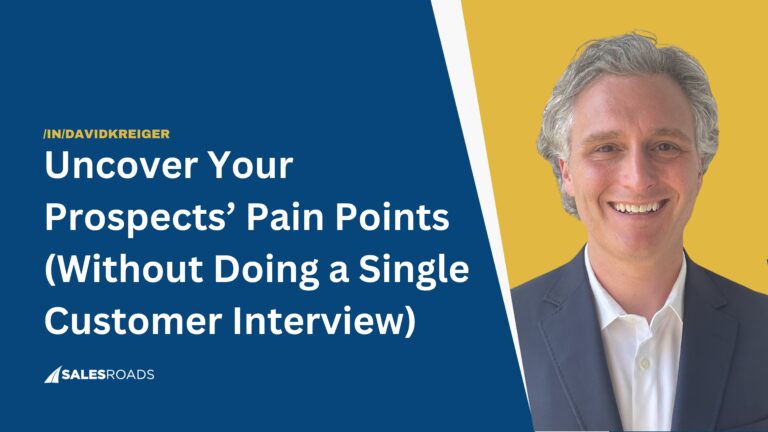Lead generation is crucial for sustainable business growth, serving as the foundation for sales-driven organizations. It focuses on identifying and nurturing potential customers interested in your products.
A consistent flow of qualified leads is essential to maintaining sales momentum and expanding market share. Effective lead generation is not merely a sales department function; it’s a strategic imperative that significantly impacts company profitability and scalability.
Inbound vs. Outbound Lead Generation
Inbound lead generation aims to attract potential customers by providing valuable content that addresses their needs. This approach makes your company easily discoverable by prospects actively seeking solutions.
While effective, inbound strategies require consistent effort and a long-term perspective to cultivate and nurture qualified leads.
On the other hand, outbound lead generation involves proactive sales efforts, with salespeople initiating contact with potential customers who may not be familiar with the company. Methods such as cold calling, cold emailing, and social outreach enable targeted outreach to specific decision-makers aligning with your ICP.
When executed effectively, outbound strategies can significantly contribute to revenue growth by placing your value proposition directly in front of key decision-makers.
While both approaches offer distinct advantages, companies often mistakenly believe they must choose between inbound or outbound lead generation.
The key takeaway: leverage the strengths of both.
Combining inbound and outbound strategies can create a synergistic effect, attracting potential customers through valuable content while proactively reaching out to qualified prospects. This comprehensive approach enhances lead generation efforts and accelerates the sales pipeline.
7 Reasons Why You’ll Benefit More From Outbound Lead Generation
Outbound lead generation services remain critical in effective sales strategies for many businesses. These methods harness direct human interaction, a key factor in today’s digital landscape saturated with automated sales and marketing efforts.
This personal touch fosters stronger connections with potential customers and contributes to successful sales outcomes. Outbound lead generation excels if:
1. You target a very specific or niche audience.
For niche audiences, the total pool of potential leads may be relatively small. This characteristic can make attracting them organically through content marketing time-consuming.
Conversely, outbound strategies allow for direct outreach and engagement with these niche audiences. Through personalized and targeted communication, outbound methods can efficiently connect with specific customer segments and introduce them to your solutions.
2. Market awareness of your brand or product is low.
Inbound tactics are most effective when attracting potential customers who are already familiar with your brand.
When brand awareness is low, your target audience may not actively search for solutions related to your offerings. This can make it challenging to capture leads solely through inbound channels like content marketing or website traffic.
3. You need quick market penetration or rapid sales growth.
While inbound efforts cultivate leads organically over time, they may not deliver results as quickly as some business needs dictate. On the other hand, outbound methods allow for proactive outreach to a wider audience, potentially generating leads and accelerating sales cycles more swiftly.
4. Your target market isn’t overly saturated with cold outreach.
In less competitive landscapes, outbound methods allow for a more proactive approach to reaching potential customers who may not be actively bombarded with similar sales messages. This targeted outreach can help your company stand out and potentially generate stronger initial engagement with these audiences.
5. Your product requires a high level of customization before a sale.
Generic online content, while a powerful tool, may not always address the specific customizations needed by potential customers. This gap can lead to missed opportunities to connect with qualified leads.
Outbound methods allow for direct and personalized interaction with prospects. Through targeted outreach and tailored communication, outbound strategies can effectively bridge this gap and ensure your offerings resonate with the unique needs of each potential customer.
6. Your business relies on building personal relationships with clients.
For businesses prioritizing strong customer relationships, outbound lead generation strategies offer a distinct advantage. Personalized calls or emails allow direct interaction with potential customers, facilitating detailed conversations that enable the sales team to understand the prospect’s specific needs.
Outbound strategies can build trust and establish a strong foundation for lasting relationships by demonstrating genuine understanding and tailoring the conversation accordingly.
7. Your product is highly valuable and complex and offers a unique solution to a complex problem.
Inbound efforts effectively attract leads with existing needs but may not sufficiently educate prospects on complex offerings.
This educational gap presents challenges, especially for products that are highly valuable. Through targeted interactions, outbound methods can educate prospects on the value proposition of your solution, and you can understand their needs to demonstrate how your product addresses them.
Outsourcing Outbound Lead Generation Motion
Zippia reports that 66% of U.S. companies utilize outsourced lead generation services.
This trend arises from two factors: the challenges inherent in building an effective in-house lead generation process, and the potential for significant improvement and growth through outsourcing.
Successfully managing lead generation demands a specific blend of resources and expertise. Not all businesses possess the necessary budget or in-house talent to optimize this function.
Outsourced lead generation providers can serve as valuable partners in this regard. They offer various sales support solutions, allowing companies to tailor their approach to their specific needs:
Outsourcing outbound cold calling
Despite concerns regarding cold calling, 57% of C-level and VP buyers still prefer phone communication, according to RAIN Group’s report.
This highlights the continued effectiveness of cold calling when executed strategically.
However, successful cold calling requires skilled sales representatives. They must navigate a competitive market and engage astute decision-makers accustomed to sales pitches.
In this environment, experienced SDRs equipped to handle objections and personalize calls become invaluable. Outsourcing SDR teams specifically for cold calling is a popular option for businesses seeking to leverage this key outbound strategy.
Outsourcing outbound cold emailing
HubSpot’s 2023 sales report highlights email as the most effective sales channel for 40% of salespeople.
However, crafting successful cold emails requires precision, personalization, and relevance.
The key lies in balancing persuasion with a respectful approach. This necessitates research, understanding prospect needs, and crafting messages that address their specific pain points.
Due to the complexities of market trends, customer behavior, and communication nuances, experienced professionals are essential for optimizing cold email campaigns. Outsourcing cold emailing allows businesses to efficiently reach a large audience while minimizing internal resource allocation.
Outsourcing list building and data management
Inaccurate B2B data costs US businesses a staggering $3.1 trillion annually. This highlights the importance of high-quality prospect lists for maximizing sales efforts.
Creating these targeted lists requires expertise, strategy, and ongoing refinement. Outsourcing B2B lead generation ensures your sales team has access to qualified prospects, ultimately driving better sales outcomes.
Enhancing Outbound Lead Generation Strategies
Refining your outbound lead generation strategy is critical for maximizing its effectiveness and efficiency. By implementing the right approach, even initial outreach attempts can engage potential customers and initiate productive sales conversations.
Best practices in cold call outreach
- Personalization: Thorough research is crucial before each call. Tailor the conversation to the prospect’s specific business needs, industry trends, and potential challenges. This demonstrates respect for their time and highlights the relevance of your solution.
- Active listening: Effective cold calling is a two-way street. Actively listen to pick up on cues for pain points and opportunities. Engage prospects with open-ended questions that encourage them to discuss their needs.
- Note-taking: Detailed records are essential for SDRs who reach out to multiple decision-makers daily. Use abbreviations and note details like call routing options and contact phone numbers.
- Compelling openers: You have seconds to grab attention on the phone. Consider the “26-second approach,” ask permission to continue, and show respect for their time. Remember, the opener is your gateway to the conversation.
- Objection handling: Cold calling often involves objections. The key is to understand the root cause of each concern. Listen attentively, acknowledge their perspective, and propose tailored solutions. Aim to build bridges of understanding, not win arguments.
Best practices for crafting compelling cold emails
- Personalization: Transform a cold email into a warm introduction by addressing the recipient by name and referencing specific details about their business or recent achievements. This demonstrates genuine interest and distinguishes your message from generic pitches.
- Intriguing subject lines: Craft subject lines that capture attention. Think of them as headlines, enticing the recipient to open the email. Use concise language that speaks directly to their interests or pain points.
- Clear calls to action: Every email should guide recipients towards a specific next step. Whether it’s requesting a meeting, seeking further information, or directing them to a relevant resource, your CTA should be clear, concise, and compelling.
- A/B testing: Utilize A/B testing to evaluate the effectiveness of different subject lines, content variations, and CTAs. This data-driven approach helps identify what resonates best with your audience, allowing you to continuously refine your cold email strategy for optimal results.
Best practices for LinkedIn outreach for lead capture
- Profile optimization: Your LinkedIn profile serves as your digital first impression. Ensure it is professional and reflects your expertise. A well-crafted profile with a clear photo, a concise summary highlighting your value proposition, and relevant experience builds credibility and compels connections.
- Personalized connection requests: A simple connection request is just the first step. Personalize each request with a brief, thoughtful note that references a specific element of the person’s profile or recent activity. This demonstrates genuine interest in them, fostering a more meaningful connection.
- Value-driven messaging: When initiating contact on LinkedIn, prioritize offering value. Share a relevant article, industry insights, or a helpful resource. This initial value exchange fosters a more positive first impression and lays the groundwork for a mutually beneficial relationship.
- Nurturing through follow-up: Building relationships takes time. If your initial message doesn’t receive a response, consider a respectful and well-timed follow-up. This demonstrates continued interest without being overbearing, nurturing the connection with patience and tact.
Bottom Line
Inbound and outbound lead generation strategies offer distinct methods for connecting your sales team with decision-makers. For optimal results, consider adopting a multichannel approach that leverages the strengths of both techniques.
While outbound strategies may require more resources and expertise to implement, they can be particularly effective in securing significant sales opportunities. Outbound methods such as cold calling, emailing, and list building can be performed by an in-house team or outsourced to qualified sales professionals.
By strategically balancing your efforts across direct and indirect lead generation channels, you can effectively guide prospects through your sales funnel and cultivate a robust pipeline of qualified leads.











